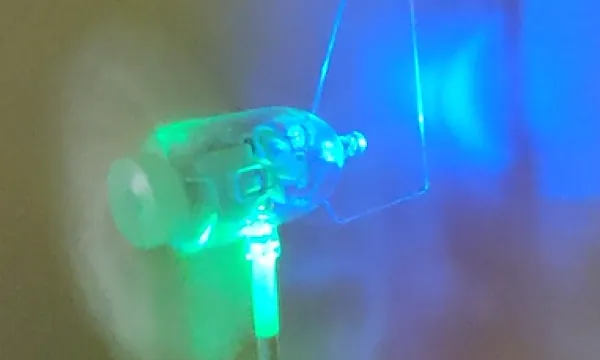
Electricity Unearthed
Investigate electricity, conductors & insulators, simple circuits, and can you try and make a human circuit?
Recommended for: KS2 (7-11)
Access considerations
Workshop

Investigate electricity, conductors & insulators, simple circuits, and can you try and make a human circuit?
Access considerations
Workshop